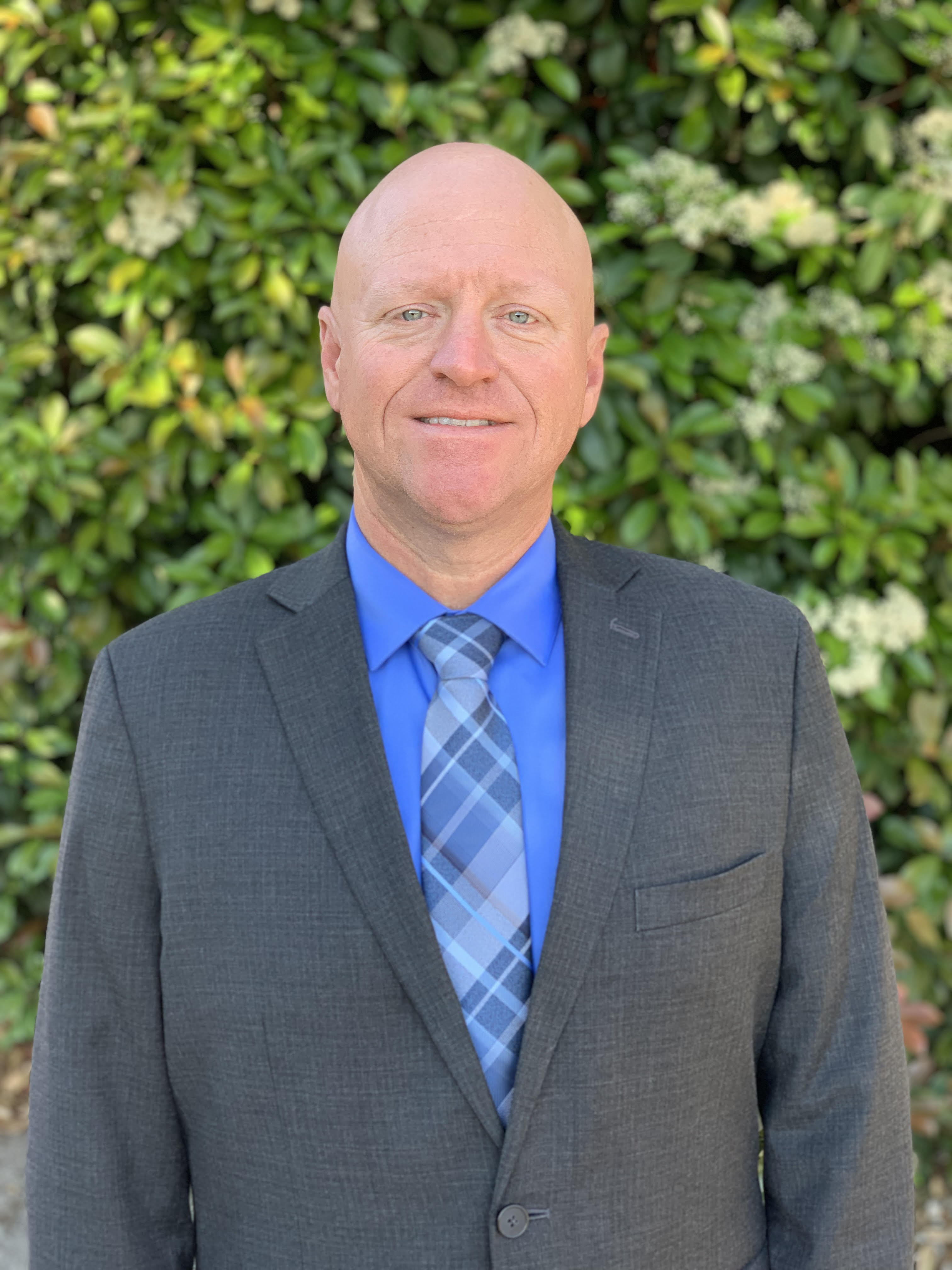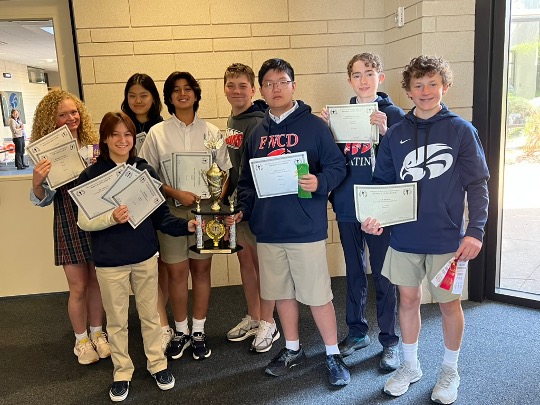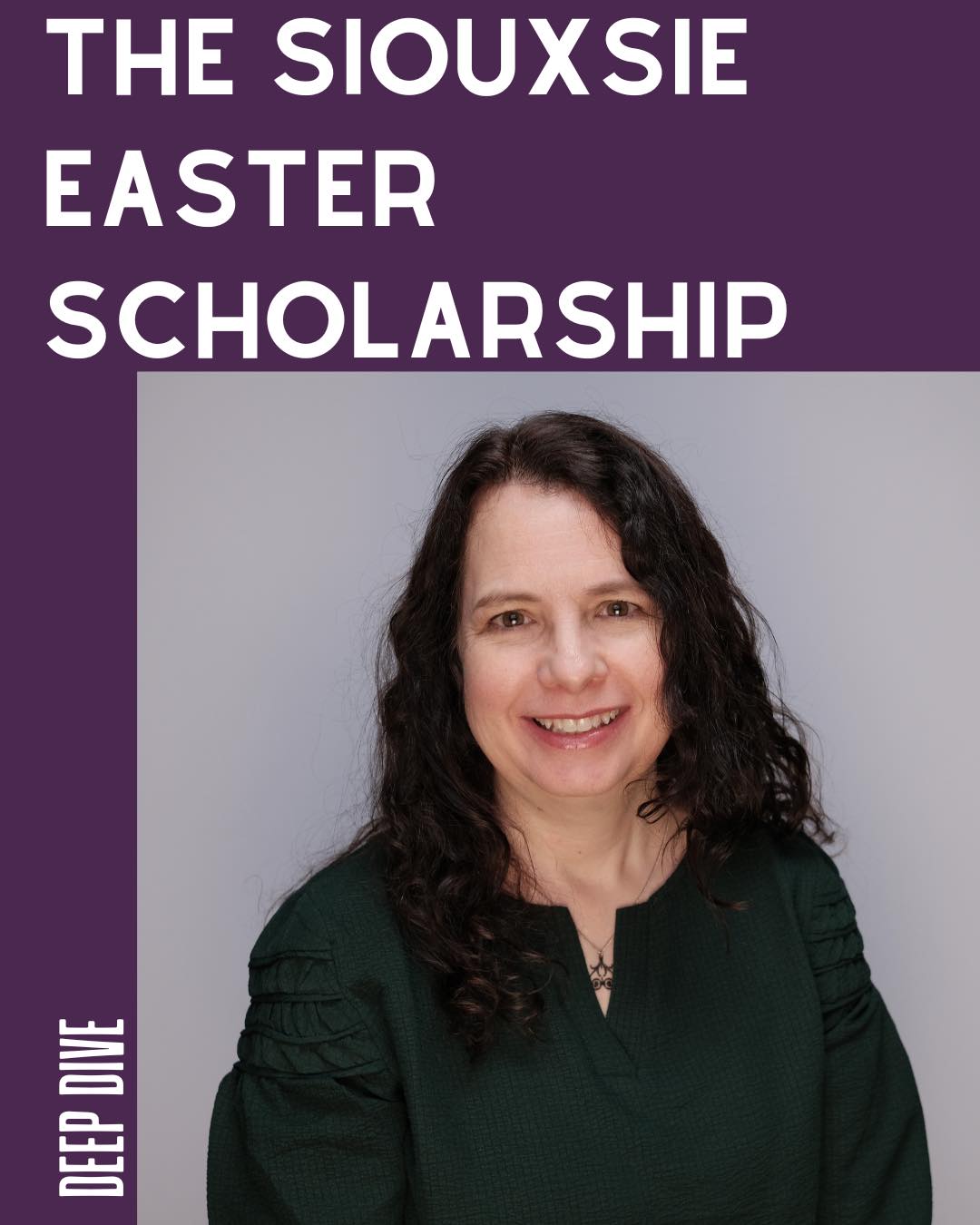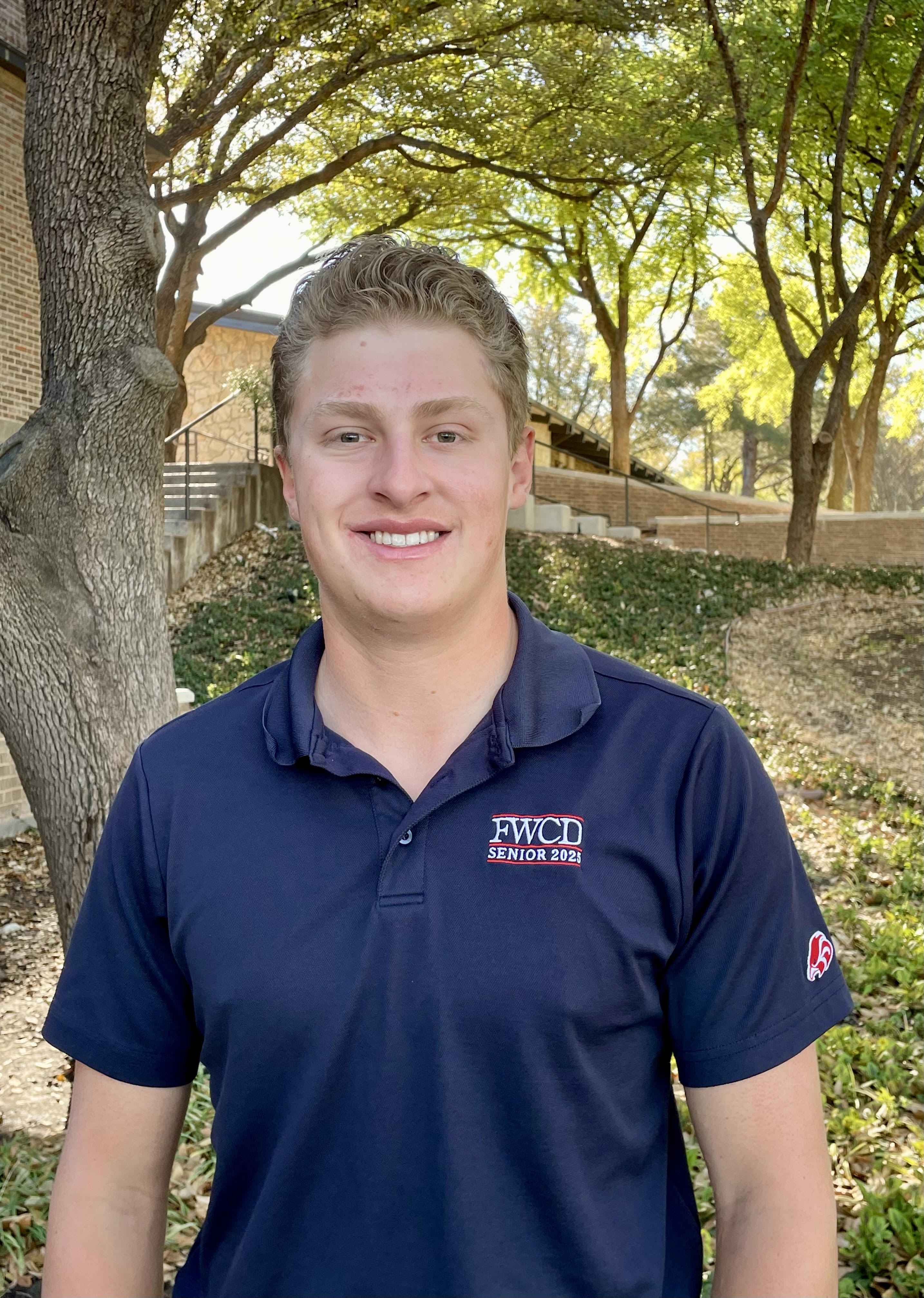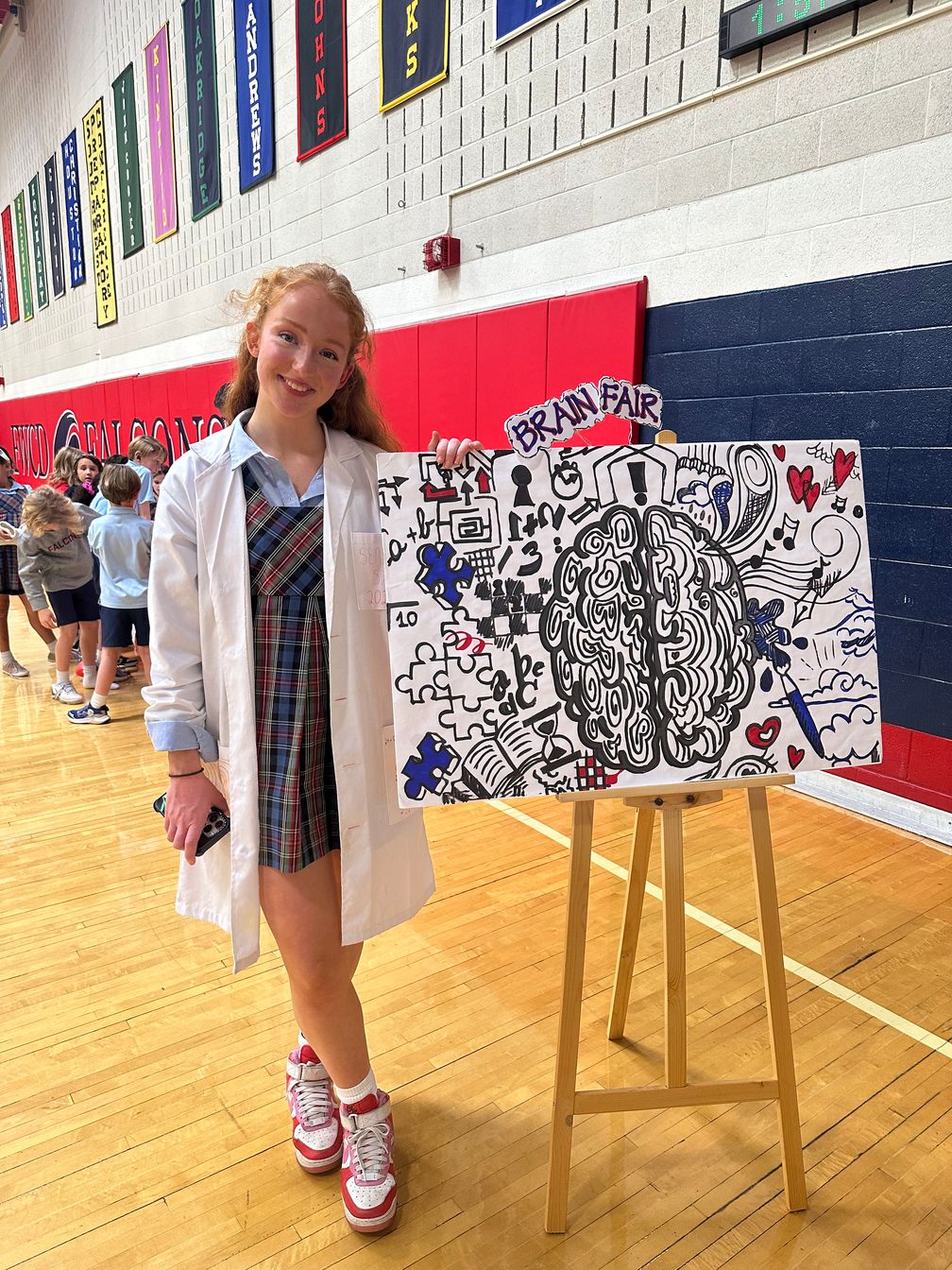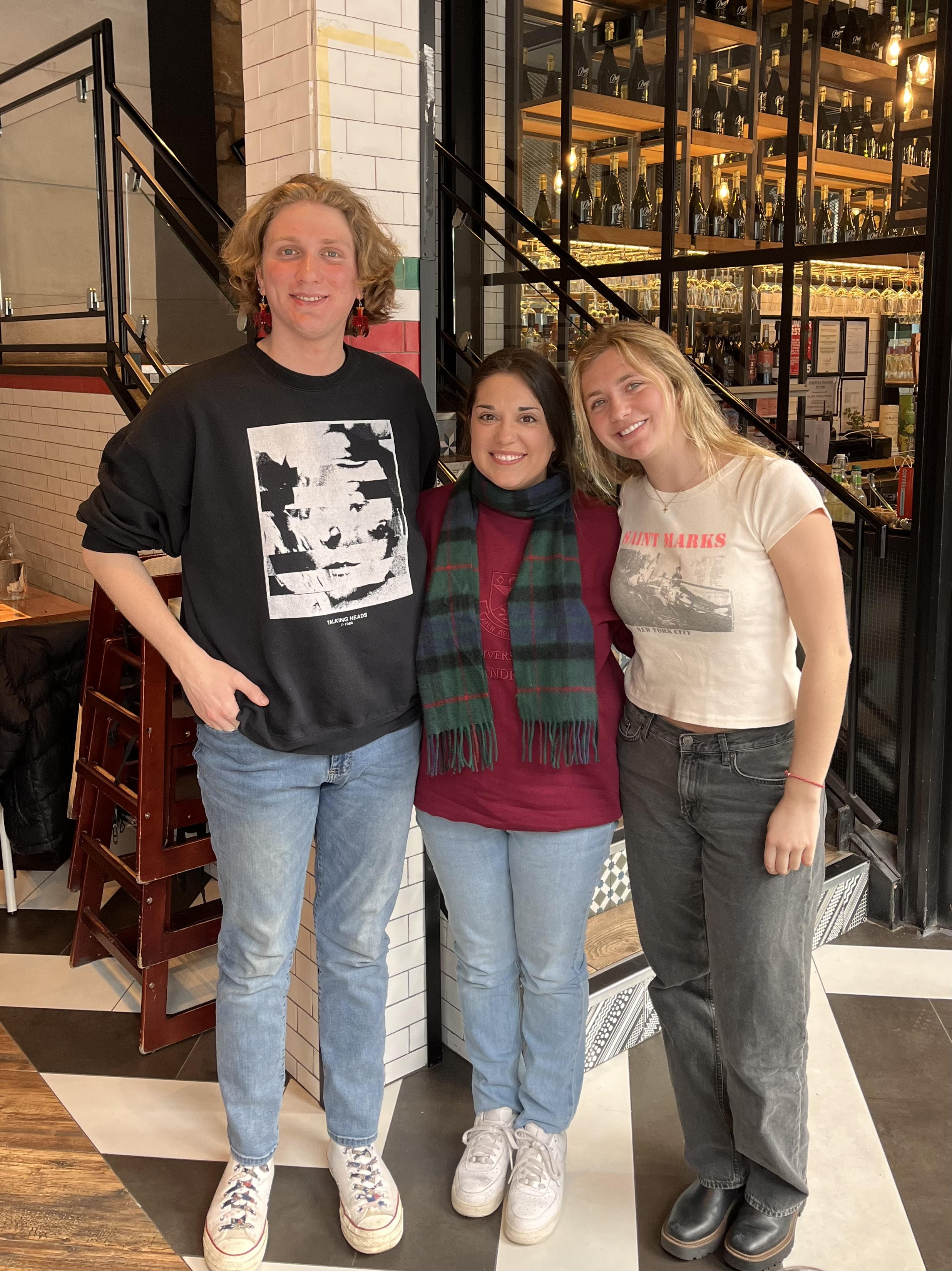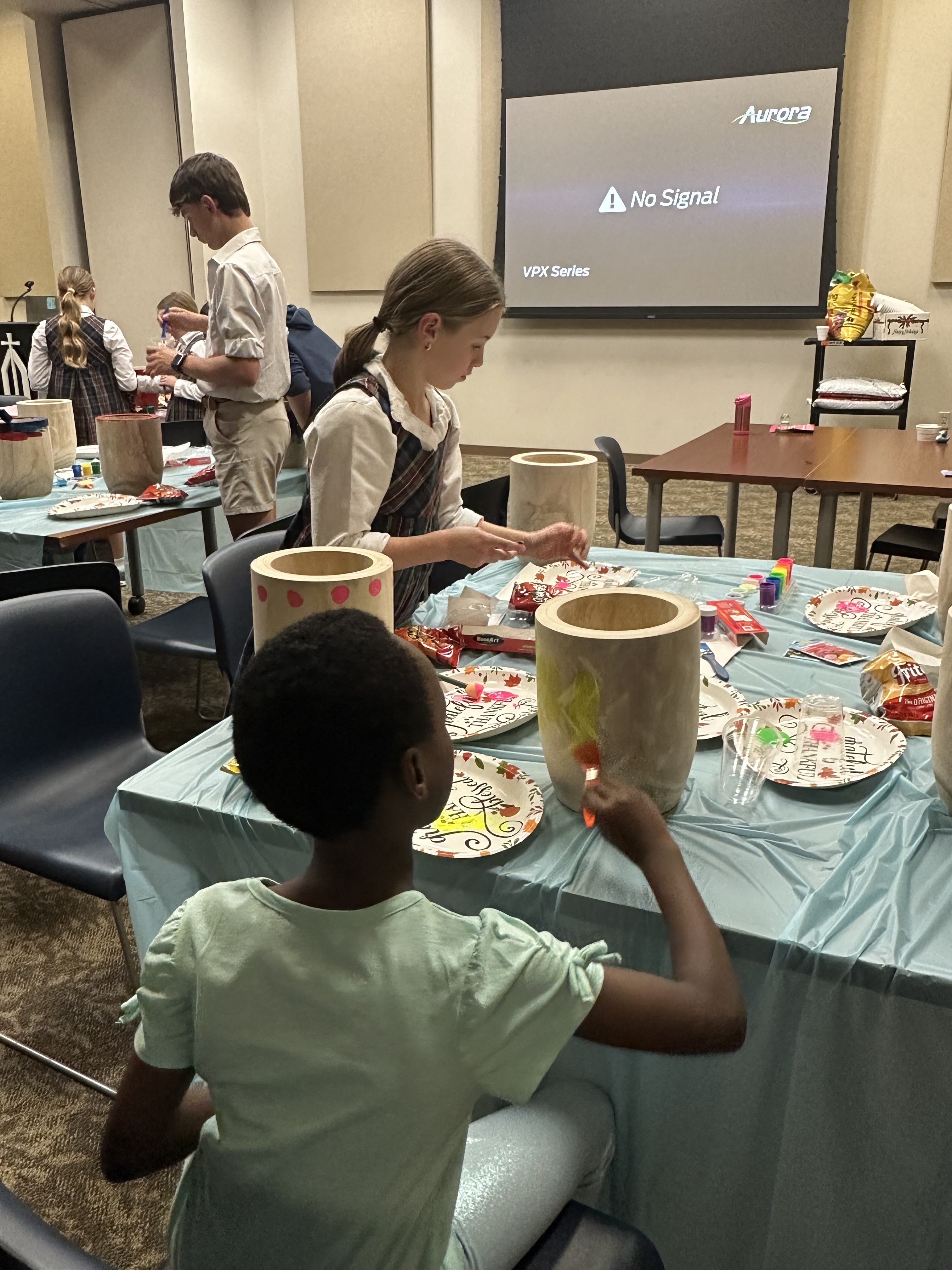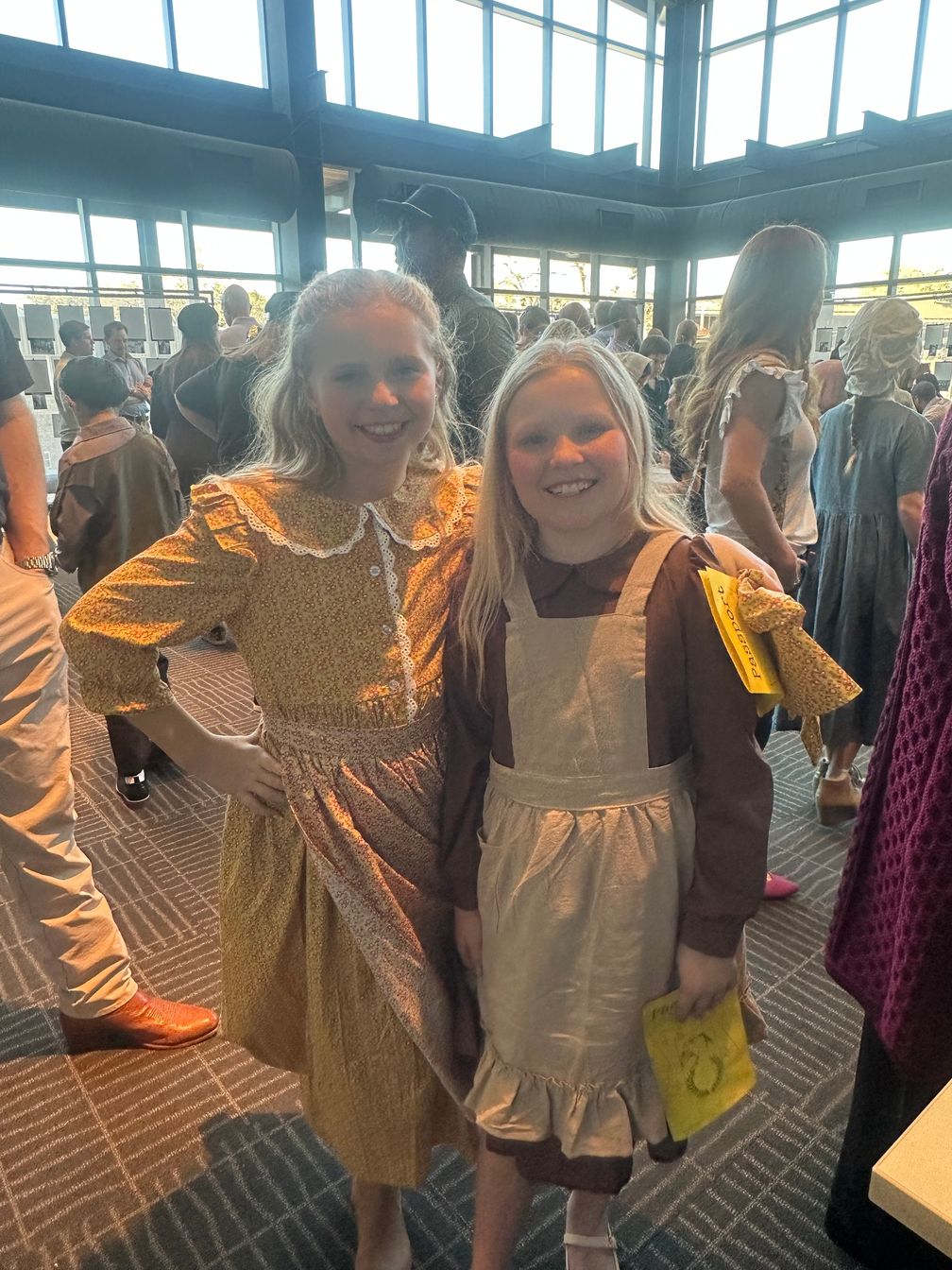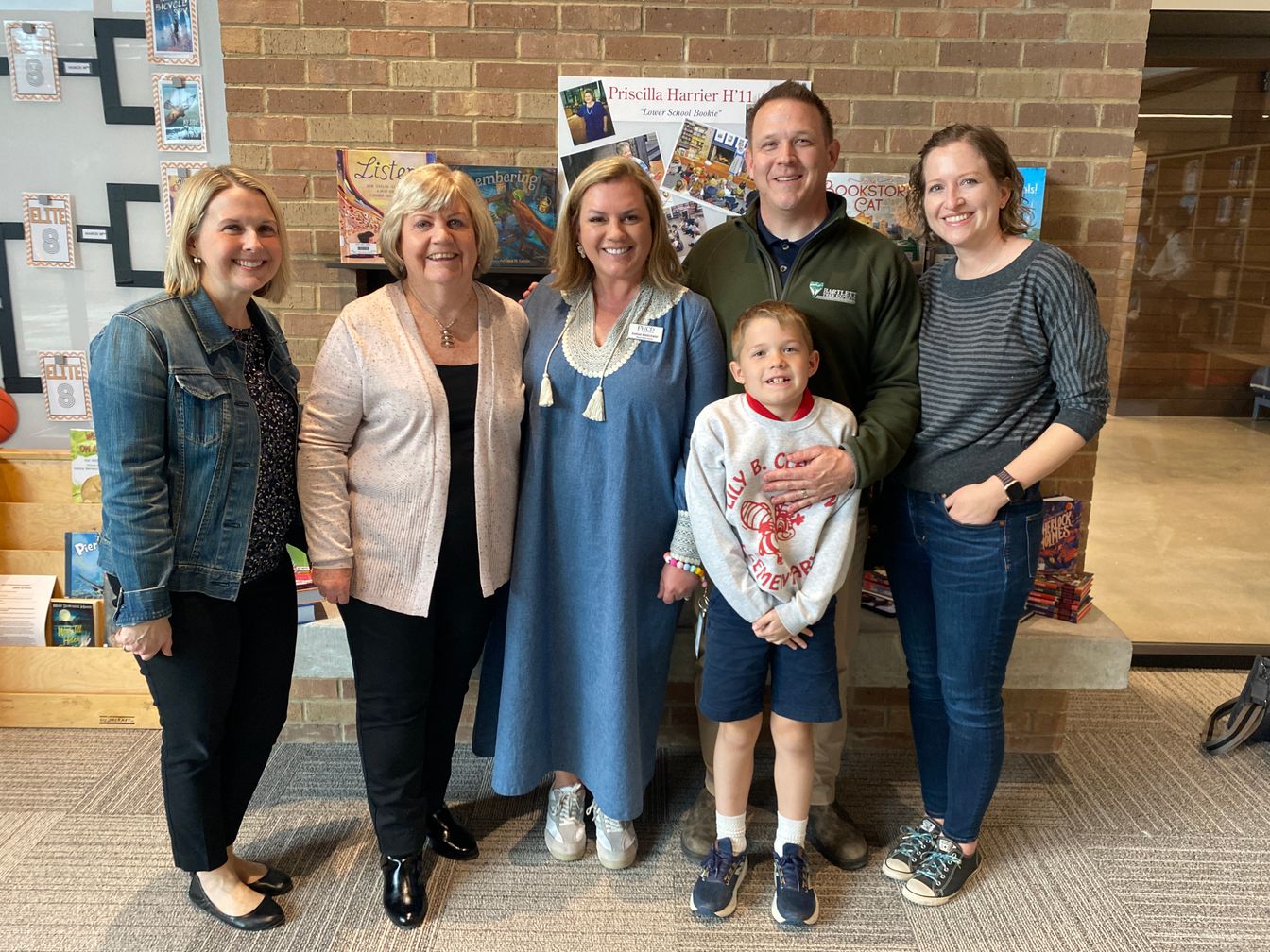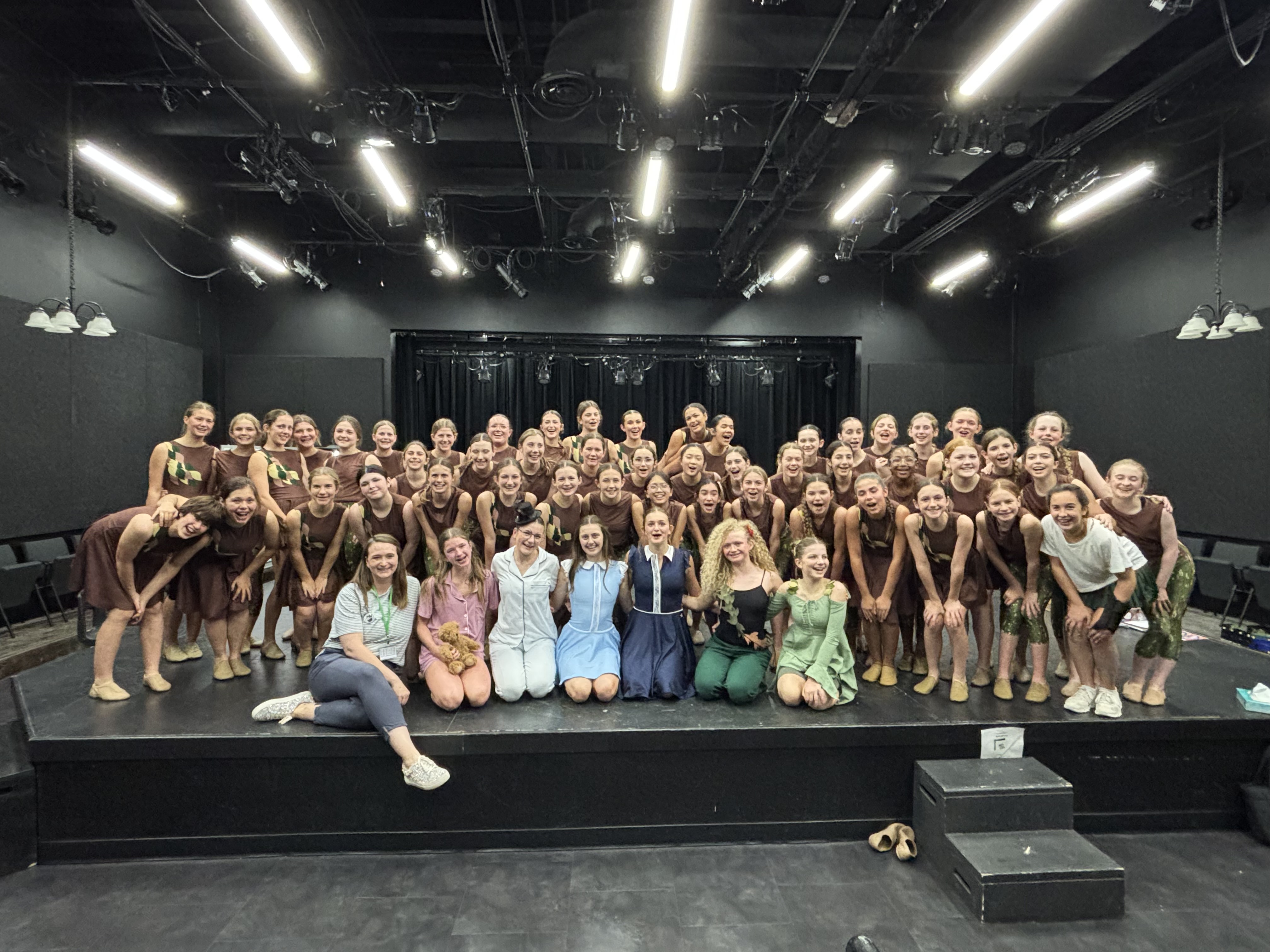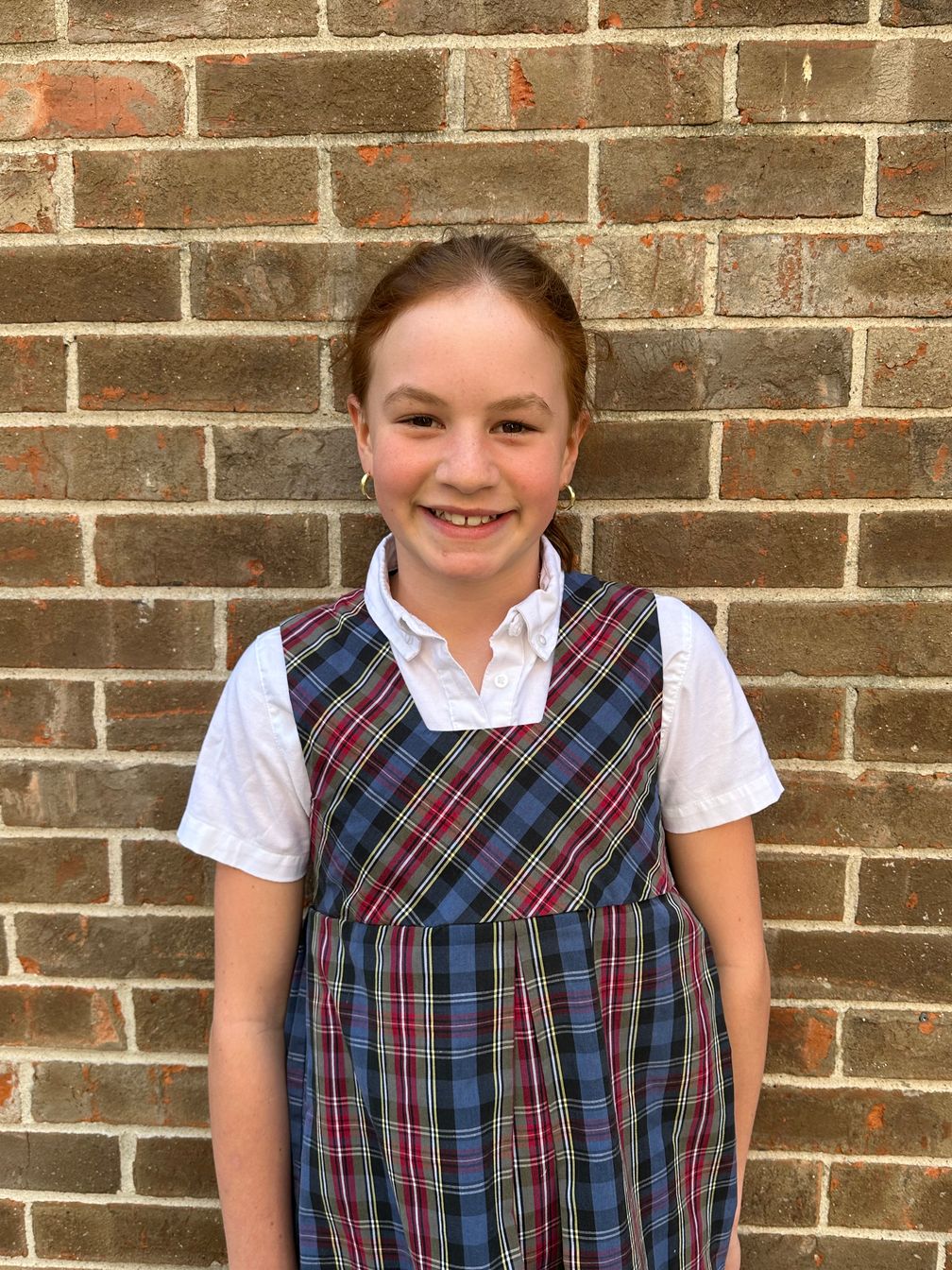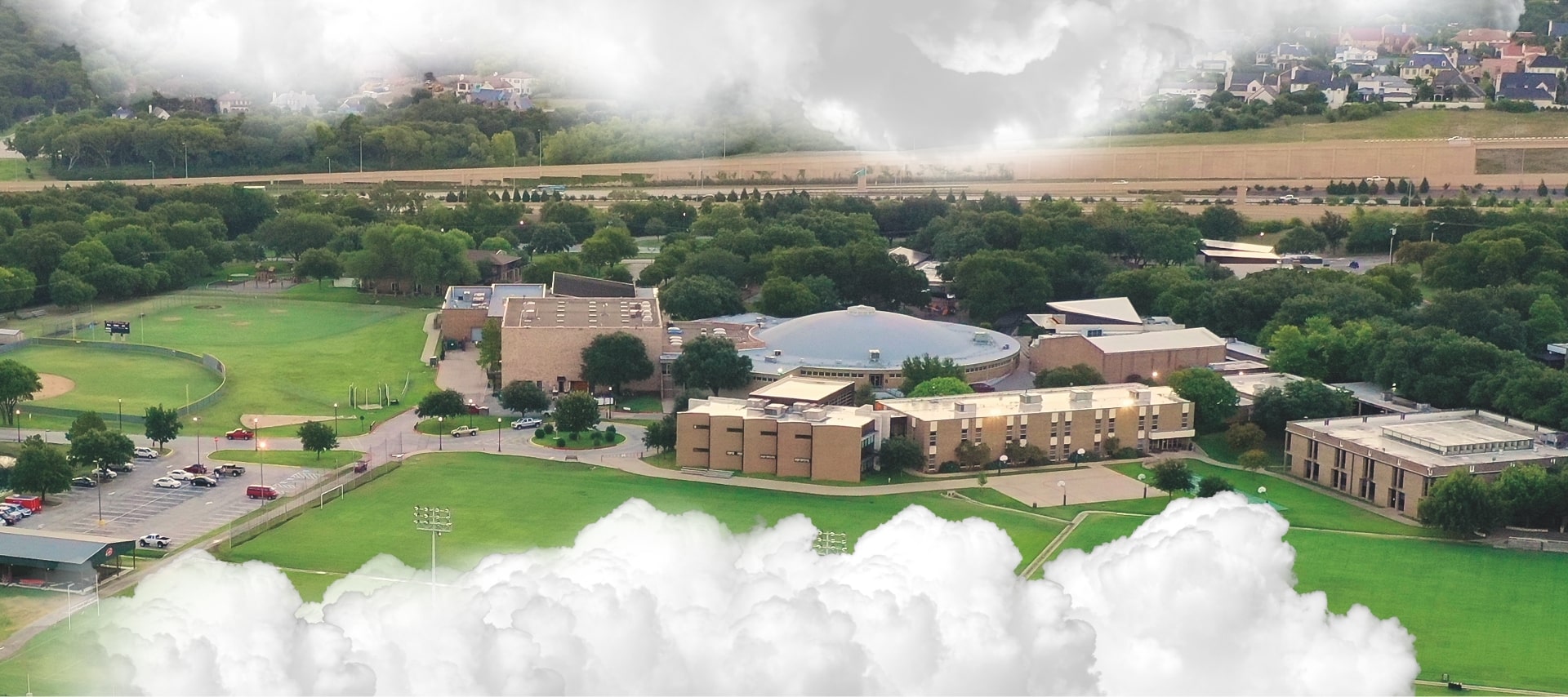Attracting Pollinators on The Hill

Fifth Grade Science Teacher Angie Ogle-Manning enhanced her knowledge about the importance of “pollinators” at a professional development at the Botanical Research Institute of Texas last year. She learned that native Texas bees are endangered. Habitat loss, alteration and fragmentation, pesticide use, climate change and introduced diseases all contribute to the bees’ decline.
In her neighborhood, Ogle-Manning works in a community garden, and that group looked into how to attract native Texas bees to enhance their garden’s growth through the creation of bee boxes. She decided to bring her knowledge and experience to FWCD fifth graders and teach them about the importance of native bees, tell them why they are even better than European honey bees, and work to attract more to campus.
She began with some facts:
- Native bee species do not make hives; they live in the ground.
- Native bees are less likely to sting, and if they do sting, it hurts less than a honey bee sting.
- Native bees are solitary, docile insects, living and working alone; honey bees are aggressive and will defend their hive.
- Native Texas bees are our No. 1 pollinator: These pollinator powerhouses visit more followers per minute than honeybees, facilitating a greater pollen transfer among flowers.
Because FWCD has an excellent native habitat on its 104 acres, Texas bees have been spotted. The students took to the outdoors to collect stems, dead wood, dried grass and leaves, mulch, etc., to fill a wooden box. (While collecting the items for the bee boxes, the students also cleaned up any trash in the area. ) Each of Ogle-Manning’s four science classes fashioned a box.
Small cylinder cardboard tubes (6 inches long by 5/16 inner diameter) were placed in the boxes to serve as a nesting home for one native Texas bee. Each box contains approximately 120 tubes. Typically, the tubes are fashioned to look similar to a honeycomb. The fifth graders' tubes were scattered but accessible to the bees.
Ogle-Manning took each class up to The Hill, and the boxes were placed, one in each corner. They tried to put them camouflage in the grapes and shrubs and near flowers (if possible) that a Texas bee might be attracted to. Throughout the rest of the school year, they will visit the boxes to see if any native bees have made their bee box into a home for themselves.
“I love seeing our students get excited about science and the world around them,” Ogle-Manning said. “ Being able to do hands-on projects with them allows us to connect the dots between what we learn in class and our environment.”




